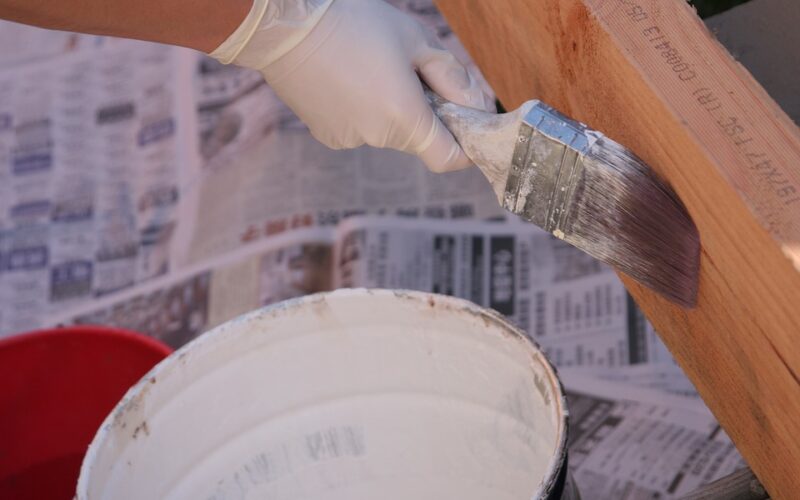Testing and Quality Control for Silica Sand
Ensuring the quality and consistency of silica sand is critical for its performance across diverse industrial applications, from glass manufacturing to water filtration and specialist uses like equestrian surfaces. A robust quality control (QC) programme relies on precise testing methods and clearly defined metrics to guarantee that the product meets stringent specifications. This process validates the physical and chemical properties of the sand, ensuring it performs as expected, whether it’s a batch of fine silica sand for intricate casting or durable material for equestrian silica sand.
Key parameters defining silica sand quality
Several key parameters dictate the quality and suitability of silica sand for a specific purpose. Particle Size Distribution (PSD) is perhaps the most fundamental, as it determines the sand’s filtration capabilities, compaction, and permeability. Equally important are particle shape, sphericity, and angularity, which influence flowability and mechanical strength. Chemical purity, measured primarily by silicon dioxide (SiO2) content, is vital for applications like glassmaking where impurities can cause defects. Other critical metrics include moisture content, Loss on Ignition (LOI) which indicates the presence of organic matter, and bulk density, which affects transport and handling.
Common methods for testing and analysis
To measure these parameters accurately, suppliers employ a range of standardised testing methods. Sieve analysis remains a common and effective technique for determining particle size distribution, where sand is passed through a stack of sieves with progressively smaller mesh sizes. For more detailed analysis of fine silica sand, laser diffraction provides faster and more precise results. The shape and surface texture of individual grains are often examined using Scanning Electron Microscopy (SEM). To verify chemical purity, X-Ray Fluorescence (XRF) and X-Ray Diffraction (XRD) are used to identify elemental composition and mineralogical phases, confirming the high SiO2 content and quantifying undesirable contaminants.
Implementing process controls for consistency
Effective quality control extends beyond final product testing; it is embedded throughout the production process. Consistent sampling is the foundation of reliable QC. Samples are taken at regular intervals from various points in the production stream—from raw extraction to washing, drying, and screening. This frequent checking allows for real-time adjustments to be made, correcting any deviations before they impact a large volume of product. Furthermore, robust lot traceability systems are essential, linking each finished batch back to its specific production run and raw material source. This ensures accountability and allows for quick investigation if an issue arises after dispatch.
Acceptance metrics across different applications
Acceptance criteria and tolerances for silica sand vary significantly depending on the end-use. For example, the glass industry requires exceptionally high purity (typically >99.5% SiO2) and a tightly controlled particle size to ensure clarity and melting efficiency. In contrast, equestrian silica sand has different priorities; while a sub-angular grain shape is desirable to provide a stable, non-compacting surface, the tolerance for trace minerals is much higher. Foundry applications demand sand with high thermal resistance and specific grain shapes to create strong moulds. Setting these clear, application-specific metrics is crucial for delivering a product that performs reliably.
The role of packaging and documentation in quality assurance
The final stage of quality control involves packaging and documentation. Proper handling is essential to prevent contamination and segregation of particles after processing. High-quality silica sand bulk bags are often used to protect the product from moisture and environmental contaminants during storage and transit, preserving the specified moisture content and purity. Each shipment must be accompanied by a Certificate of Analysis (CoA), a formal document that details the test results for the specific lot, confirming it meets the customer's required specifications. This documentation provides the end-user with ultimate assurance of quality and compliance with industry standards.














